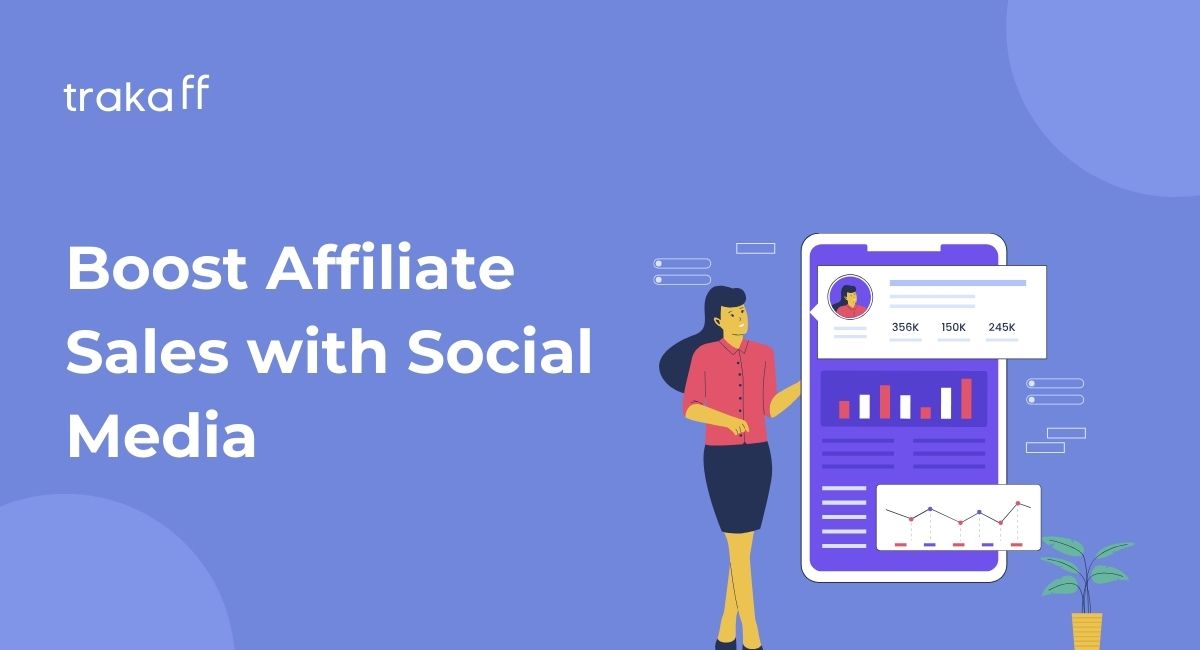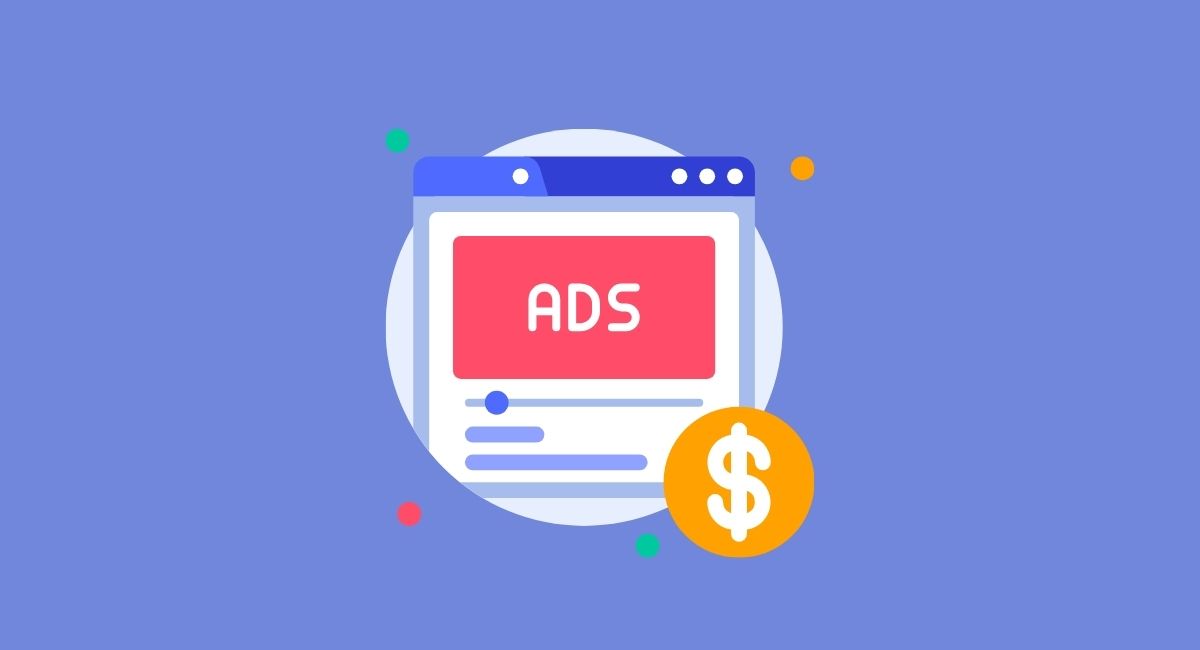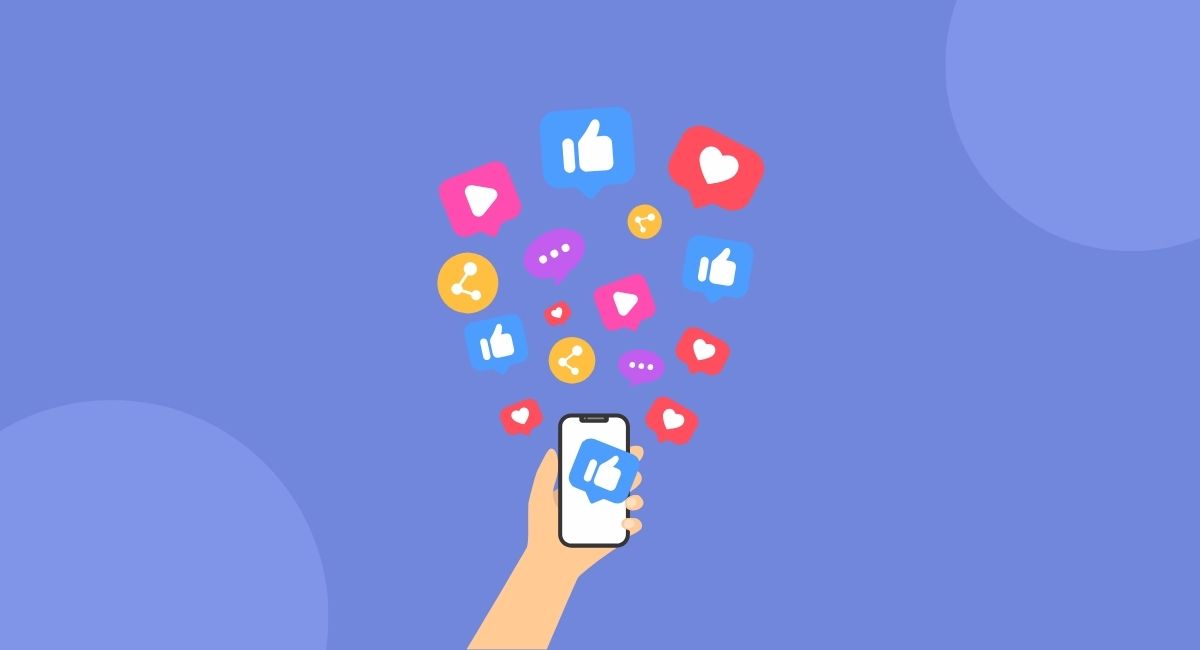Boost Affiliate Sales with Powerful Social Media Strategies: Affiliate marketing is now becoming one of the biggest methods for a business to grow. As an affiliate, you can use social media platforms to promote and earn satisfying passive income for yourself. Let’s understand how to earn from affiliate marketing.

Understanding affiliate marketing
Affiliate marketing is the type of marketing in which you promote a product or service and then earn a commission on every sale or action that is assigned to you. As an affiliate marketer, your primary idea is to channel relevant traffic to that website and then convert that traffic into sales.
The Power of Social Media in Affiliate Marketing
Social media platforms have more than a billion active users in the entire world, making them an ideal space for affiliate marketers to reach an audience. You can strategically use social media to gather an audience, convert it into leads, and then boost affiliate Sales with powerful Social Media Strategies.
Choosing the Right Social Media Platforms
Facebook: You can use the 2.8 billion active users that are using this platform. You can use Facebook pages, groups, and ads to reach your target audience.
Instagram: This platform is excellent for visually appealing content, as well as promoting affiliate links through posts, stories, and IGTV.
Twitter is ideal for textual and real-time engagement, as you can share your affiliate links, engage with comments, and leverage trending topics.
Pinterest: It is a visual search engine where you can share infographics, blog posts, and product images with affiliate links.
YouTube: You can create highly engaging content where you can create product reviews and tutorials with affiliate links with reviews.
LinkedIn: This platform is for professionals and B2B outreach, where you can share your valuable content and affiliate links.
Create high-quality content
Product reviews: creating product reviews that are honest about their features, benefits, and drawbacks. This content will only attract those who are interested in that specific product.
Tutorials and How-to’s: You can create tutorials about the usage of products and how they can benefit from them. This will help you build and showcase the product’s value.
Listicles: You can create lists of top products in any particular niche where you will spread all the benefits. For instance, “Top 10 Smartphones of 2024”.
Case Study and Testimonials: You can share testimonials and case studies about the character and show people who benefited from them.
Visual Content: You can use high-quality images, infographics, and videos to make content more engaging for your audiences.
Leveraging influencer marketing
Identify Relevant Influencers: You need to find different influencers who have a genuine following and a loyal base behind them.
Build Relationships: You can engage with these influencers by commenting and sharing their content, and then build a name for them.
Offer Value: You can use this strong relationship by providing them with a free product or exclusive discounts for reviews.
Create Authentic Partnerships: You need to make sure that the niche gets aligned with that influencer, and the success of the influencer needs to be parallel with the growth of our product to build trust for your product.
Utilizing paid advertising

Facebook Ads: You can use Facebook paid advertising to reach your ideal audience. What you need to do is create ad copy and then visuals to attract traffic.
Instagram Ads: You can use Instagram’s visual apps to create eye-catching ads. As the advertisement can be projected in the form of carousel ads, story ads, and visual ads, you can attract customers.
Twitter Ads: You can promote your tweet with an appropriate payment and then get your tweet in trends along with the affiliate link inside of it.
Pinterest Ads: You can promote your pins, which can help your content reach more viewers. You need to create more visually appealing content that can link to your affiliate products.
YouTube Ads: You can promote your product by promoting your visual content with in-stream ads, discovery ads, and bumper ads, which can help you reach your targeted audience and then produce conversions.
Engaging with your audience
Responding to comments and messages will help you build an audience that is quite loyal and encouraged to consume your content.
Hosting giveaways and contests encourages participation, helps you promote and raise awareness about your product, and then converts sales.
Sharing user-generated content can help you deal with a lack of content and also make your followers more loyal.
Providing values will make your audience more aware of your content and will educate, entertain, and inspire them.
Analyzing and optimizing your strategies
Click-through rate (CTR): You can measure the percentage of your users who have clicked on affiliate links.
Conversion Rate: You can track the percentage of the sales that have been converted, which will help you analyze it.
Engagement Rate: You can monitor likes, comments, shares, and interactions with the content.
Return on Investment (ROI): You can calculate the profitability of your paid advertising campaigns.
Staying compliant with affiliate marketing guidelines
Disclosure: You need to always disclose that your posts contain affiliate links.
Transparency: You need to be transparent about your relationship with affiliates and provide honest reviews.
Content Quality: You need to maintain high-quality content that provides value to your audience and meets the highest standards.
Conclusion
As in this article, you have learned, how to boost Affiliate sales with powerful social media strategies such as the right platforms, high-quality content, influencer partnerships, paid advertising, and audience engagement, which can help you drive more traffic and conversions and ultimately boost your sales.
Success doesn’t happen overnight but needs consistency, authenticity, and value, which can build a loyal audience and provide you with long-term success.
For more related blogs, visit our blog page.
